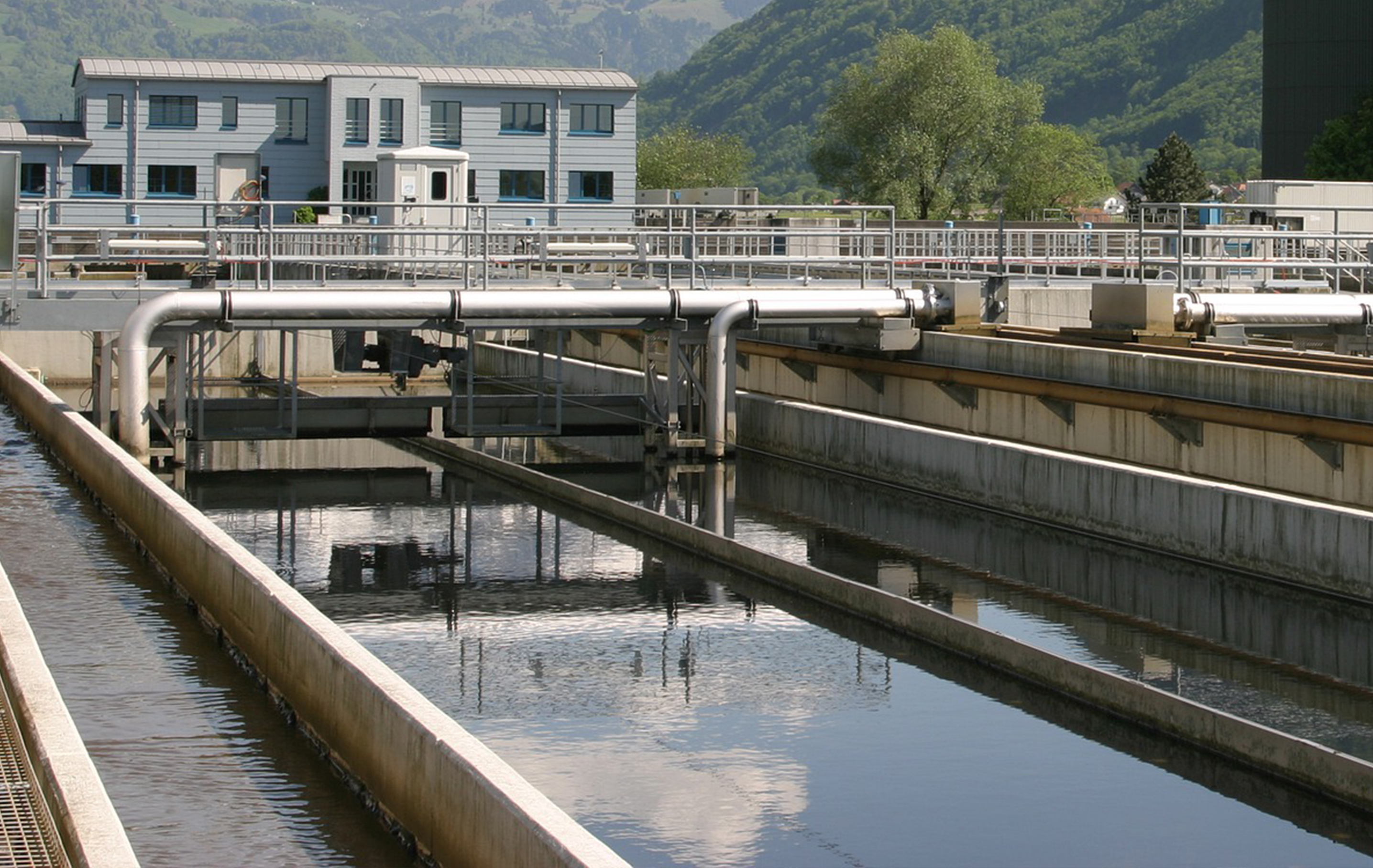

2018-04-27 06:13:21

A careful treatment of the natural resources includes the economical treatment of drinking water.
The reduction of the contaminant loads of wastewater forms the condition for safer quality and supply of drinking water. Mechanical parts of conventional wastewater treatment technique clean the water by the physical process of sedimentation only, by what the firm and the liquid phases of the wastewater get separated. Biological parts of the plants use microorganisms to clean the wastewater. Expanded Clay Aggregate, expanded clay pellets , constitutes an ideal area of settlement for these microorganisms.
For the wastewater-biofiltration
The wastewater-biofiltration, in whose case the vented filter is filled with rough ECA, can look back on experiences which go back to eighties. In most cases, one chooses the sphere-shaped expanded clay eca with specific surfaces of 800 to 900 m2/m3 for 4-8 mm. For this reason, considering relatively small box dimensions, a high biomass concentration is attained as well. This is accompanied by a saving of space and costs. Furthermore, smaller particle sizes come into operation, which feature larger surfaces indeed, but also augment the filter's tendency to clog. eca is mainly used in big clarification plants in the biological level in order to reduce the concentration of nitrogen and phosphate in the wastewater. Moreover, eca is suitable for small clarification plants and botanic wastewater treatment plants as well.
ECA serves as an area of settlement for microorganisms.
By means of defined eca-grading curves, the desired properties can be attuned exactly: this concerns the special surface, the so-called reaction area as well as the hydraulic properties of the fixed bed, which emerge from the gusset-pore-volume and the distribution. The method applied to procuce ECA permits pallets of specific filter materials. In most cases, the types 3/6 mm, 4/8 mm and 8/16 mm are applied as standard grading curve. The grading curve can also be adapted individually to the customer's wish – just as the particle density sectors. Considering eca, these range from 0.4 kg/dm3 for swimming coverings and up to 1.8 kg/dm3 for the biological wastewater treatment in big and small clarification plants as well as in percolating filter plants and wastewater-fed aquaculture ponds.
Permanent and hydraulically optimised
The microscopic rough surface of eca offers plenty of cavities, in which the germs of microorganisms are kept permanently. After wash-ups of the filter, which are necessary regularly, the functionality of the fixed bed is renewed soon – the biological lawn recovers swiftly. A further advantage: due to its sphere shape, eca is hydraulically optimised and the closed pores save much energy during the flushing backwards as well – contrary to other filter materials. Its high mechanical strength restores eca an extremely long lifespan. After being used, eca can be cleaned up easily on building dumpsites or in the agriculture likewise, if the wastewater process doesn't contain problematic materials.
Leave a Comment
Your comments added successfully.Thank You!